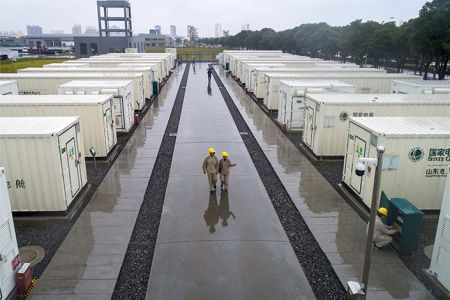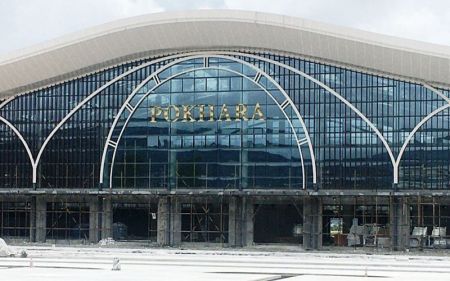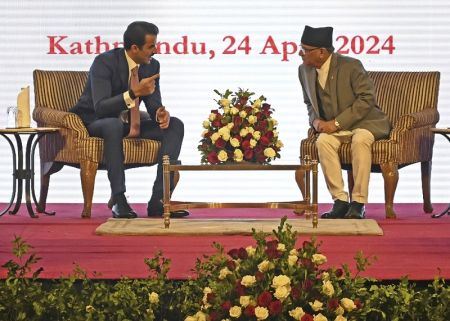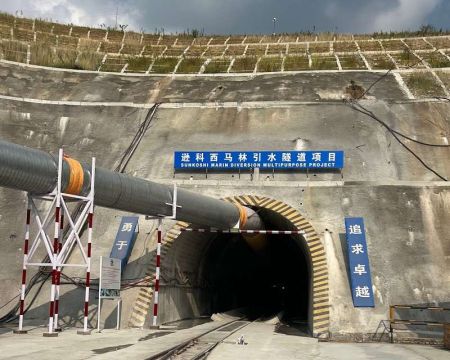April 2: Banks and financial institutions (BFIs) have around Rs 650 billion investable capital. There is excess of liquidity in the banking system due to less credit flow compared to deposit collection.
According to Nepal Rastra Bank (NRB), the total deposits of banks and financial institutions have exceeded Rs 6200 billion as of Saturday. This is the highest deposit ever collected by the BFIs. The deposits of commercial banks alone have reached Rs 5487 billion while that of development banks and finance companies have reached Rs 713 billion.
Likewise, the loan disbursement of BFIs has reached Rs 5084 billion as of Saturday. Out of this amount, commercial banks have provided loans of Rs 4498 billion and development banks and finance companies have provided loans of Rs 586 billion, according to Nepal Rastra Bank.
In the current fiscal year (FY), bank deposits have increased by Rs 420 billion, while the credit flow has increased by Rs 204 billion.
With the increase in the liquidity in the banks, the average credit-deposit ratio (CD ratio) of the banks fell to 79.61 percent on Saturday.
According to the provision that banks are allowed to provide loans by maintaining a CD ratio of up to 90 percent, banks have the capacity to provide loans of more than Rs 644 billion.
Deputy Information Officer of Nepal Rastra Bank Dr Bhagwat Acharya said that deposits in banks are increasing due to good remittance flow. "There is excess liquidity due to lack of demand for loans amid economic slowdown," he said. He said that the central bank is trying to manage the excess liquidity through facilities such as deposit collection tools.
Along with the increase in liquidity in the banks, the central bank has eased the monetary policy by making it flexible and has also reduced the interest rate. Accordingly, the banks have also reduced the interest rates. However, loan disbursement has not been able to increase.
Sunil KC, president of Nepal Bankers Association, says that there is no possibility of immediate loan disbursement until the economic activities become vibrant.
Due to excess liquidity in banks, the interbank interest rate has also fallen below the target limit. The daily average interest rate of interbank transactions on Saturday remained at 2.63 percent.
The central bank has been regularly withdrawing funds from the market through standing deposit facilities as well as deposit collection tools. The NRB has been regularly issuing standing deposit facility every Sunday and Wednesday since February. As of Sunday, the banks have taken Rs 825 billion in fixed deposit facility. On Sunday alone, they deposited Rs 65.70 billion with the Nepal Rastra Bank. Banks get 3 percent interest under the standing deposit facility.






















